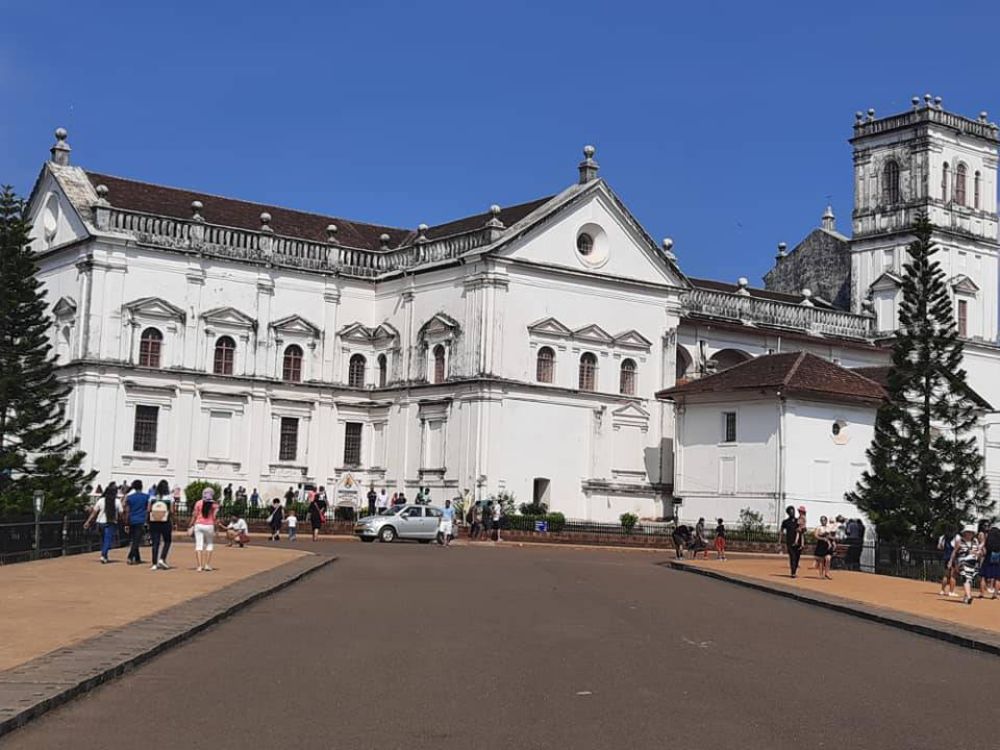

The Museum of Christian Art, located in North Goa, India, is a testament to the rich cultural and religious history of Goa. Established in the 1990s, this museum is one of a kind in Asia and showcases the unique blend of Eastern and Western art forms that emerged as a result of the Portuguese presence in Goa from the 16th to the 20th century.
The inception of the museum gave a fresh impetus to tourism in Goa. Initially, the state was primarily known for its beaches and nightlife, but the advent of the Museum of Christian Art highlighted Goa's historical and cultural dimensions. The museum was set up with the collaboration between the Indian National Trust for Art and Cultural Heritage (INTACH) and the Calouste Gulbenkian Foundation, thus placing Goa on the international tourism map for its rich repository of Christian art.
Visitors to the museum can explore a wide array of artifacts that include intricately carved sculptures, beautifully painted altarpieces, and the painstakingly created sacred objects made from gold, silver, and precious stones. Highlights include the spectacular Indo-Portuguese altars and the ivory statues that attract history buffs, art lovers, and religious scholars alike.
The museum provides an invaluable insight into the religious and societal changes that occurred in Goa under Portuguese influence. Artifacts preserved in the museum are not only of religious significance but also demonstrate the skill and ingenuity of Goan artisans influenced by Portuguese art and culture, thereby making the museum an essential institution for preserving the Indo-Portuguese heritage.
By hosting various workshops, seminars, and educational programs, the museum has become a center for academic research and scholarly exchange on Christian art and history in India. It draws students, historians, and researchers from across the world, thus adding depth to Goa's tourism profile.
Recently, there has been a growing trend in cultural and heritage tourism, with travelers seeking more meaningful and enriching experiences. The Museum of Christian Art caters to this trend by providing an in-depth cultural experience. The museum has adapted to the digital age by offering virtual tours and leveraging social media to reach a global audience, thus staying relevant in the tourism sector amidst changing preferences and global scenarios, such as the COVID-19 pandemic.
The Museum of Christian Art in Goa offers a unique cultural experience that differs from the typical perception of Goan tourism. It stands as an enduring symbol of the cultural and religious history of the region and plays an integral role in diversifying tourism in Goa. Its continuous efforts toward education, cultural preservation, and inclusivity of modern trends ensure that the museum remains a cherished destination for visitors from around the world.